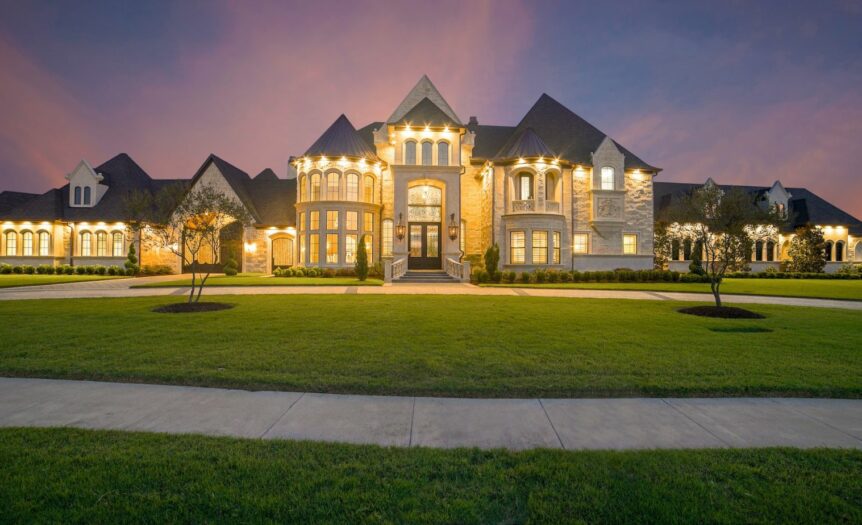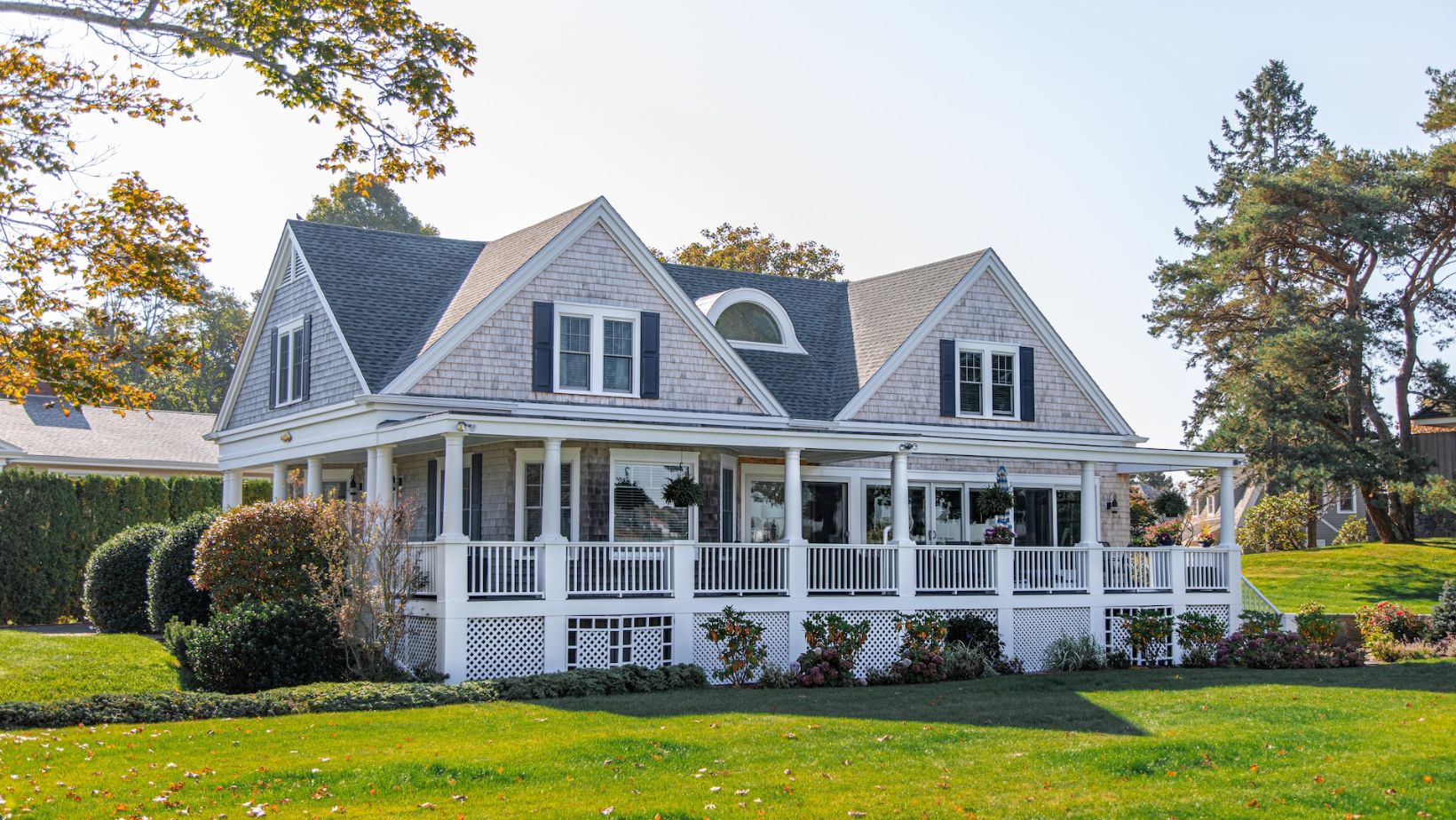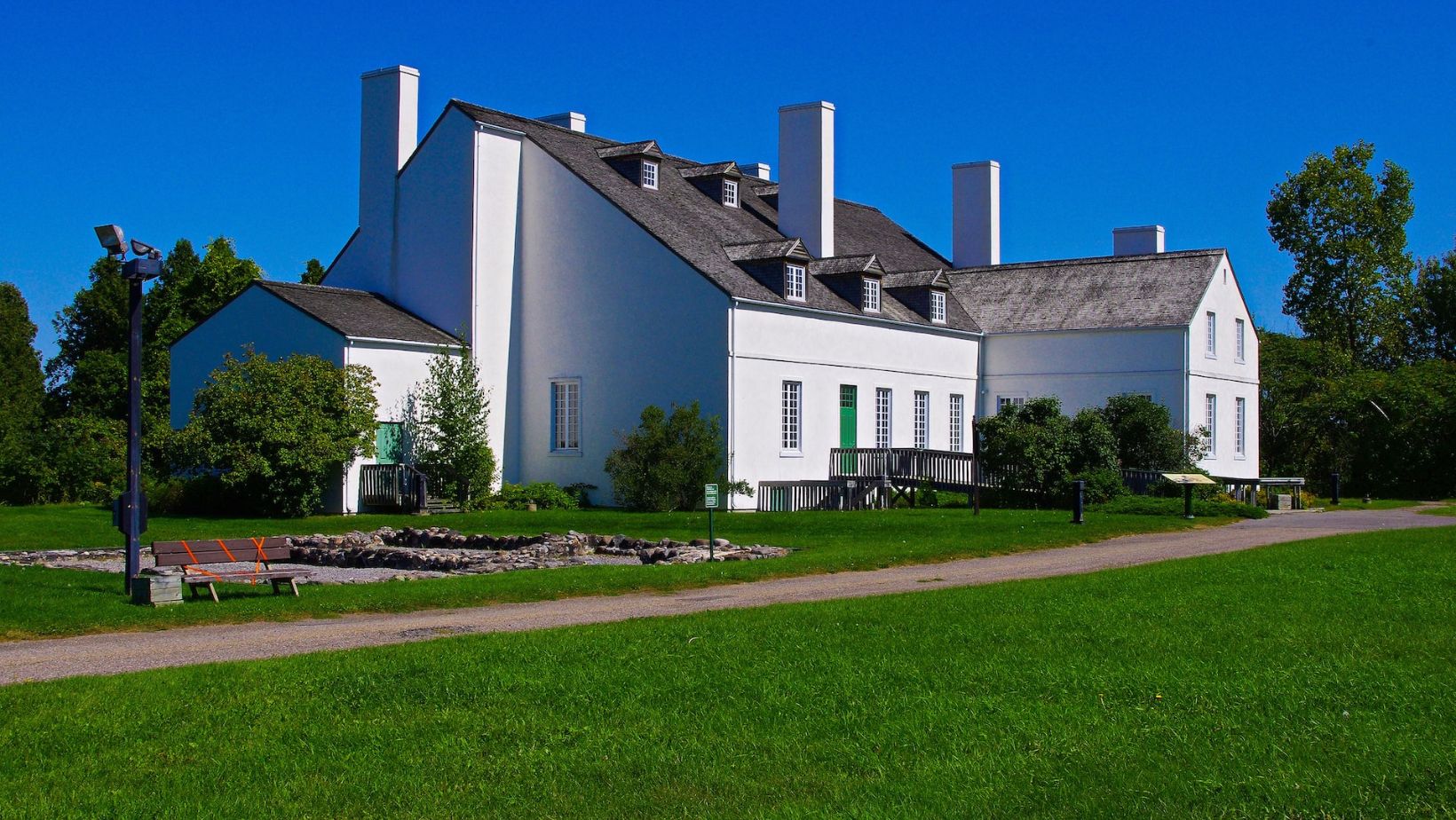Lawn edging, a seemingly insignificant element in landscape design, possesses the potential to greatly enhance the aesthetic appeal and functionality of outdoor spaces. By providing clear boundaries and defining various areas within the landscape, lawn edging contributes to a sense of order and organization.
This article aims to explore the benefits of incorporating lawn edging into landscape design, examine different types of materials available for this purpose, offer tips for selecting suitable options, discuss creative ways to integrate lawn edging into designs and provide guidance on maintenance and care practices.
Key Takeaways
– Lawn edging creates distinct boundaries between different areas in landscape design.
– Lawn edging enhances the overall aesthetic appeal of outdoor spaces.
– Lawn edging adds structure and organization to the garden.
– Lawn edging prevents the spreading of grass and weeds, protecting the lawn and other elements from damage.
Benefits of Lawn Edging in Landscape Design
One of the advantages of incorporating lawn edging into landscape design is its ability to create distinct boundaries between different areas, enhancing the overall aesthetic appeal. By defining spaces, lawn edging adds structure and organization to a garden or outdoor space. It helps prevent the spreading of grass and weeds from one area to another, making maintenance easier and saving time in the long run.
Additionally, lawn edging provides a clear separation between the lawn and other elements like flower beds or pathways, preventing accidental damage caused by lawnmowers or foot traffic. Moreover, it can be an effective way to contain mulch or gravel within designated areas. Considering these benefits, it is important to explore various types of lawn edging materials that suit different landscapes and preferences without compromising functionality or visual harmony.
Types of Lawn Edging Materials to Consider
Steel, brick, plastic, and concrete are among the different materials that can be considered for use as lawn edging. Each material has its own distinct characteristics and advantages.
Steel:
– Provides a sleek and modern look
– Highly durable and long-lasting
Brick:
– Offers a classic and timeless aesthetic
– Can be easily customizable in terms of color and pattern
Plastic:
– Lightweight and easy to install
– Available in various colors and styles
Concrete:
– Provides a sturdy and permanent solution
– Can be molded into different shapes and sizes
Considering these options will help determine the most suitable material for your landscape design. The next section will provide tips on how to choose the right lawn edging without explicitly using ‘step.’
Tips for Choosing the Right Lawn Edging for Your Landscape
When selecting the appropriate material for lawn edging, it is important to consider factors such as aesthetic appeal, durability, ease of installation, and customization options. Aesthetic appeal plays a crucial role in determining the overall visual impact of the landscape design. The edging material should complement and enhance the existing elements of the garden. Durability is another essential factor to consider, as lawn edging is exposed to various weather conditions and foot traffic.
It should be able to withstand these challenges without deteriorating quickly. Ease of installation is also significant as it affects both time and cost considerations. Lastly, customization options allow for flexibility in design and enable homeowners to create unique patterns or shapes that suit their specific preferences. By carefully considering these factors, one can choose the ideal lawn edging material that meets their requirements before exploring creative ways to incorporate it into their landscape design.
Transition: With a suitable lawn edging material chosen, there are several creative ways to incorporate it into your landscape design without overwhelming other elements or disrupting the natural flow of the space.
Creative Ways to Incorporate Lawn Edging in Your Design
To enhance the overall aesthetic appeal of a landscape, various techniques can be employed to creatively utilize lawn edging materials. One creative way is to use different types and colors of lawn edging materials to create visual interest and define different areas within the landscape. For example, combining metal edging with brick or stone edging can create a unique and visually appealing contrast.
Another technique is to incorporate curves or patterns into the design using flexible lawn edging materials. This can add a sense of fluidity and movement to the landscape, breaking up straight lines and adding visual intrigue. Additionally, integrating lawn edging into plant beds or around trees can provide a neat and tidy appearance while also preventing grass from encroaching on these areas. By incorporating these creative techniques, one can achieve an aesthetically pleasing landscape design.
Transitioning into the subsequent section about maintenance and care for lawn edging in your landscape, it is important to ensure that the chosen materials are durable and able to withstand environmental conditions such as weather changes, soil erosion, and foot traffic.
Maintenance and Care for Lawn Edging in Your Landscape
One important aspect of maintaining and caring for lawn edging is ensuring that the chosen materials are regularly inspected for signs of damage or wear. This is crucial in order to prevent any potential issues such as breakage, cracking, or deterioration.
Regular inspections allow homeowners or landscape professionals to identify any areas that may require repairs or replacement. In addition to visual inspections, it is recommended to physically touch and feel the edging materials to detect any weaknesses or irregularities. It is also important to clean the edging regularly to remove dirt, debris, and vegetation buildup that can cause damage over time.
By implementing a consistent inspection and cleaning routine, homeowners can prolong the lifespan of their lawn edging and maintain its functionality in enhancing the overall aesthetics of their landscape design.
Conclusion
In conclusion, incorporating lawn edging into landscape design offers numerous benefits, such as defining borders and creating a polished look. When choosing the right lawn edging material, consider factors such as durability and aesthetic appeal.
Additionally, get creative by using lawn edging to add unique elements to your design, like curved pathways or flower bed borders. Remember to regularly maintain and care for your lawn edging to ensure its longevity. As the saying goes, “A well-edged garden is a sight to behold,” so let your landscape shine with beautifully incorporated lawn edging.








